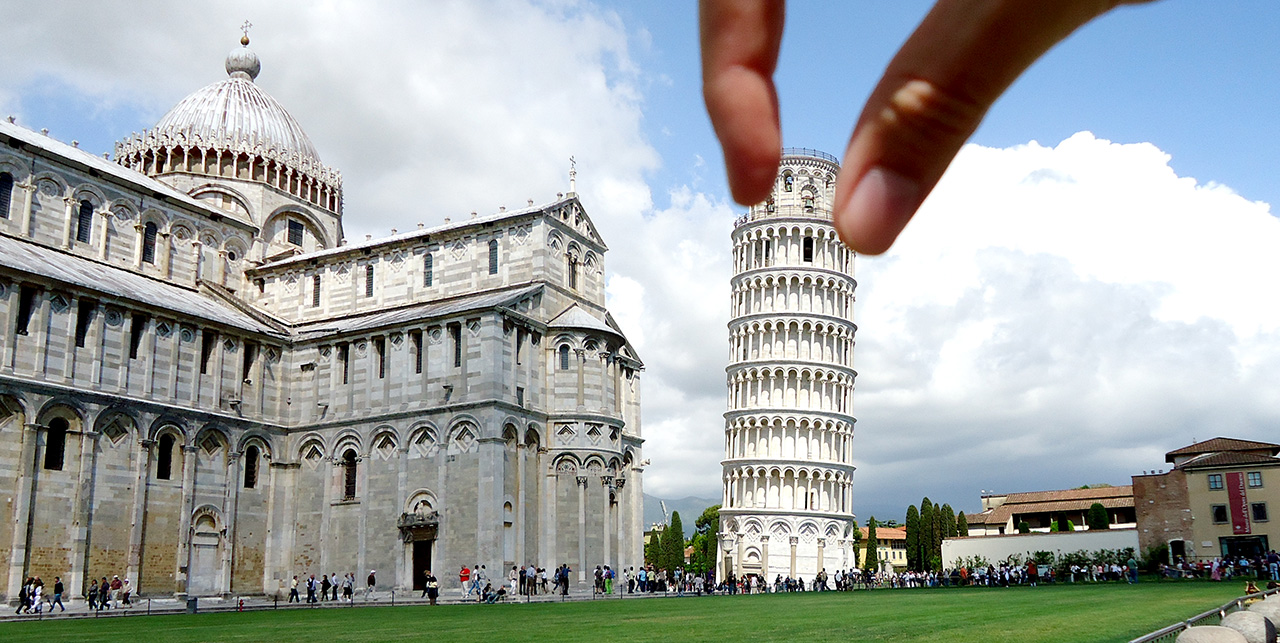 Today I’m beginning a five-part series on major gift organizational structure where we will explore:
Today I’m beginning a five-part series on major gift organizational structure where we will explore:
- What’s wrong with most organizational structures
- Putting major gifts into the right organizational context
- The nature of the major gift pipeline
- The four main things to pay attention to in major gifts, and
- Why we all need to get along
There are five reasons why many organizations get it wrong in designing the structure for major gifts:
- They create the structure around the talent. Seems logical. You have Bryan – he has a lot of experience in grant writing. And since there is no one else, “let’s put major gifts under him.” Or Ann is heading up the program agenda that relates to corporations and businesses, so “she would be perfect to manage the major gifts program.”
In one organization we worked with, the major gifts person reported to the CEO instead of the development director, because the major gift person did not like and would not work with the development person. What!?
This design motivator is one of the reasons major gifts is put in the wrong place – someone knows a little something about a tiny part of major gifts, so “we will put major gifts with them.” Seems logical. Or, this person will not work with that person, so we will accommodate. But it usually doesn’t work.
- They group activities that are technically similar. The marketing person does messaging, communications, PR and personal relationships. Why not put major gifts under them? Aren’t they the same? No, they aren’t.
It is true that marketing, PR and communications do things like creative, branding, messaging, collateral development, etc. But that is a quite a distance from effective major gift work. This is sort of like putting the thank you process for gifts in accounting or data processing because “it is about money and data so that is where it belongs.” No, it’s about the donor. The money and data are the lesser values.
Or the more frequent coupling we have seen is between major gifts and planned gifts, where one person does both. “Well, they are the same, aren’t they? They are both high-end giving and highly personal.” Big mistake – and we have written extensively why you should not put these two functions into one person.
- They organize by strategy. This one seems even more logical. “We do a lot of events that include major donors, so we will put major gifts under the events person.” Or a major affinity or membership program leader is put in charge of major gifts. “Robert runs the pledge program here, and we decided to put him in charge of major gifts.” Hmmm.
Or “major gifts is really the high end of direct mail, isn’t it? That’s why we put our major gifts program under our direct marketing manager.” No, it is not the same. And this is a huge mistake.
- They need the money, so they launch a fundraising program. The organization decides to launch a capital campaign or some sort of fundraising initiative, so they put Jamie in charge because “she has had sales experience and she is a very outgoing relational person.”
This is like the talent reason in #1 above, but it is driven by the formation of a fundraising initiative which then leads to the person selected and the place in the organization. Nice idea. And it may work out. But the thinking is flawed.
- An authority figure decides. The CEO or some other manager just decides that this is how it is going to be. “Rachel has the time and she is a good manager. That’s where we will put it.”
There may be other reasons. And if you have them, please send them to us. But these are the most common we encounter out in the marketplace. On the surface, they seem to make sense when, in fact, they are fundamentally flawed from the very beginning.
That’s why I am writing this series – to give you our view of where major gifts belongs in the organization, and the type of support it needs. Stay tuned.
Richard
Read the whole series on MG Organizational Structure:
- What’s Wrong (this post)
- The Right Context
- The Major Gift Pipeline
- The Four Main Things
- Can’t We All Get Along
- Reengineer to be Donor-Facing







What if you are it – I have a Marketing person and a Development Associate – neither appropriate for Major Gifts. I oversee the Annual Fund & the major fundraising gala, grant writing, internally hosted events (a conference, speaker series, Open Houses, alumni events), and I write everything for the Head of School and for all collateral (Newsletter, Annual Reports, etc.). Can you comment on the small shop?
I have a similar concern. In my organization I am it, so this blog is not helpful. Is Veritas only concerned about big players?
No, Lori. Veritus is not only concerned about big players. All non-profits are our concern. If you are a small shop then my advice is to THINK this way and organize your work this way. This is about a concept and division of labor. Let me know if you have further questions.